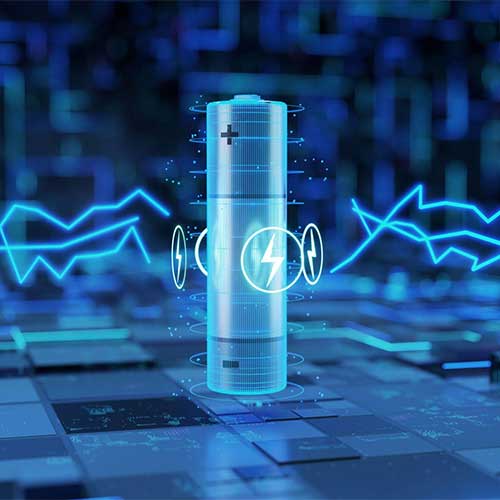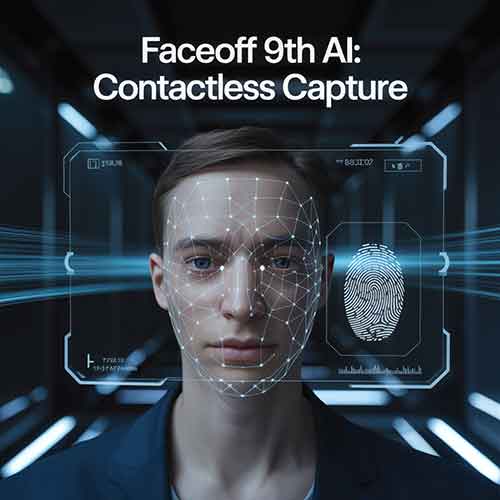
Scientists at the New Jersey Institute of Technology (NJIT) have used generative AI to discover five new porous transition-metal oxide structures that could serve as viable, sustainable alternatives to lithium-ion batteries. These materials are capable of transporting magnesium, calcium, aluminum, or zinc ions—multivalent ions that carry two or three charges—offering the potential for significantly greater energy storage than traditional monovalent lithium ions.
Conventional battery research requires testing millions of candidate materials in the lab, a time-consuming and impractical process. To overcome this, the NJIT team combined a Crystal Diffusion Variational Autoencoder (CDVAE)with a fine-tuned large language model. This AI-driven method rapidly explored vast chemical spaces, identifying thermodynamically stable candidates. The researchers then validated their findings through quantum-mechanical simulations and stability assessments.
Sustainability is a key advantage of these new materials. By relying on abundant, low-cost elements such as magnesium and zinc, they could help reduce reliance on lithium, which faces supply constraints and price volatility.
From a performance perspective, multivalent ions can store more charge per ion than lithium, potentially enabling batteries with far higher energy density—provided the host material allows efficient ion mobility.
The next step is to synthesize these materials in the lab and test their performance. If successful, they could pave the way for a new generation of high-capacity, eco-friendly batteries for electric vehicles, renewable energy storage, and beyond—highlighting the power of AI to accelerate scientific discovery.
See What’s Next in Tech With the Fast Forward Newsletter
Tweets From @varindiamag
Nothing to see here - yet
When they Tweet, their Tweets will show up here.





























